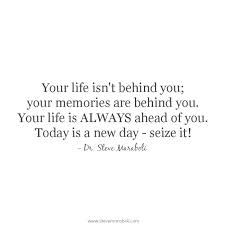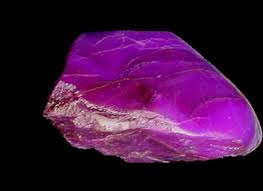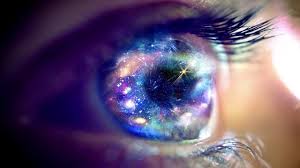About Appreciation It takes a lot of courage to leave everything behind and start your life from scratch, but we found that it can be very freeing and rewarding. Michael left a well-paying, secure job and his family in California to find a more meaningful way of...
Latest from the Blog
Spiritual Awakening – Time of Change
Times of ChangeBeloved brothers and sisters of light. And you are light, growing brighter each day. Yes you are becoming enlightened. The world in which we live is in a time of great growth. We have seen the status quo of our lives, the security and stability that we...
Library of Wisdom – Spiritual Metaphysical and Healing
The Dreams that led to the Library of Wisdom Rejoice in your dreams my brothers and sisters. Rejoice and nourish them. For in your dreams, both waking and sleeping, can be found all that you seek. As long as you can dream, you are alive and growing. For we of the...
Archangel Michael Prayer of Protection
Prayer of Protection Mother/Father God Light of Creation Light that I AM I give thanks for all that I have and all that I AM We invoke the Power of the Violet Flame, burning through, up, and around our bodies, transmuting any energies out of alignment with our I AM...
Suggestions for Crystals and Archangels
When buying a crystal you can choose to have Blessing or Energy - Atonement from Archangels, Ascended Masters, God / Goddess Energy, Christ Energy. Below we have a list of suggestions, choose one of your own. Archangels Prayers/Blessings Ascended Masters,...
Metaphysical Power of Crystals & Crystal Meditations
Crystals alone are beautiful things, but they may be much more than just that. Some people believe that crystals hold metaphysical powers that can help with such things as clearing the mind and even healing the body. Please take your time going through this page and...
A Summary of The Secret of Our Reflected Universe
Read the summary on "The Secret of Our Reflected Universe" conference presented by Gregg Braden in Salt Lake City on March 10th 2001. If you ever get the chance to see Gregg Braden present his material live in person I urge you to take the opportunity. He is an...
Spiritual Metaphysics and Me
Read about my first encounters with organized religion, and how I started questioning what made sense. Learn how I found my way into the metaphysical aspects of our being. I was born and raised in Salt Lake City, Utah. Obviously, the predominant religion has always...
The Healing Effects of Meditation Part I
Healing of the heart and soul can be achieved through meditation. It takes practice, but the time spent is well worth it. First of all, let’s begin with the fact that mastering the art of meditation takes practice for most people. After all, in this busy, hectic world...








